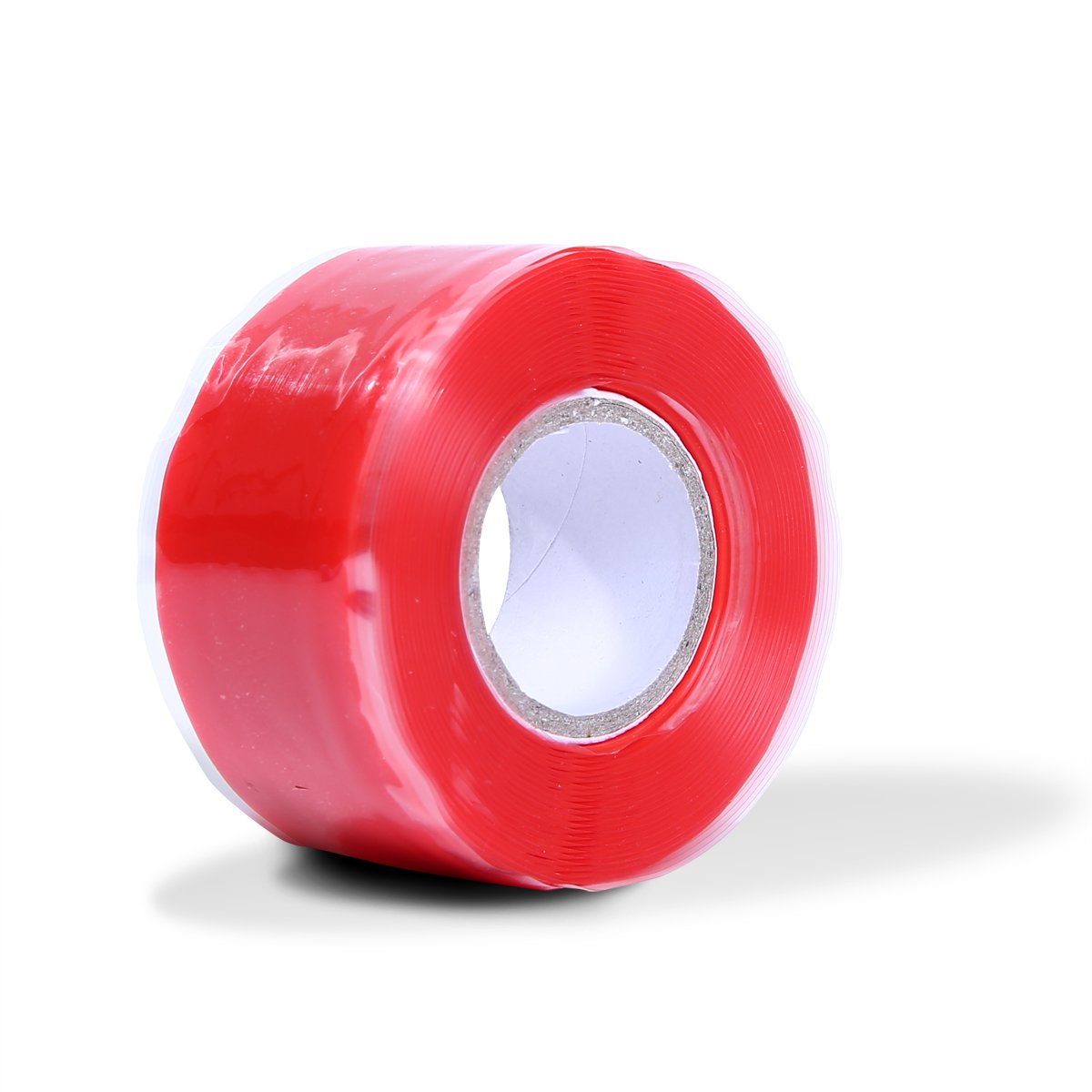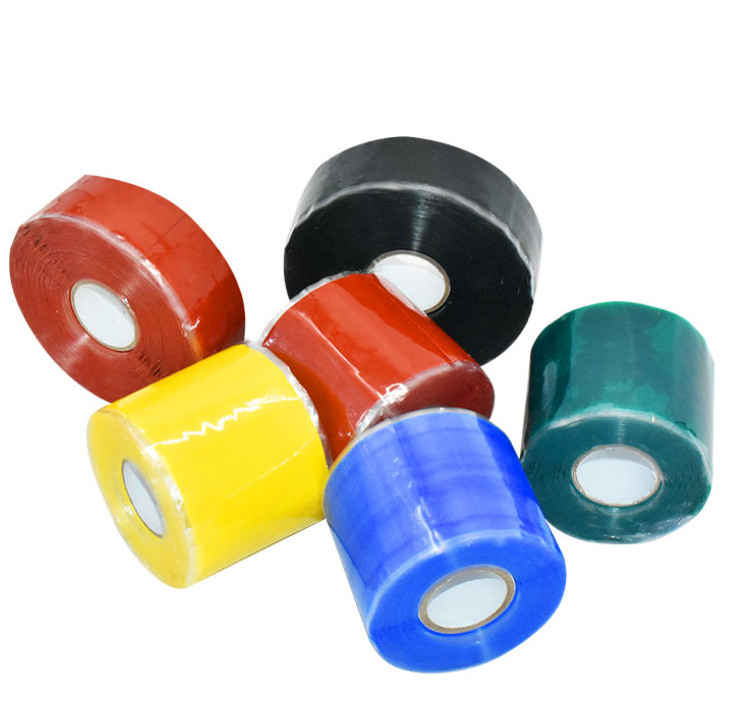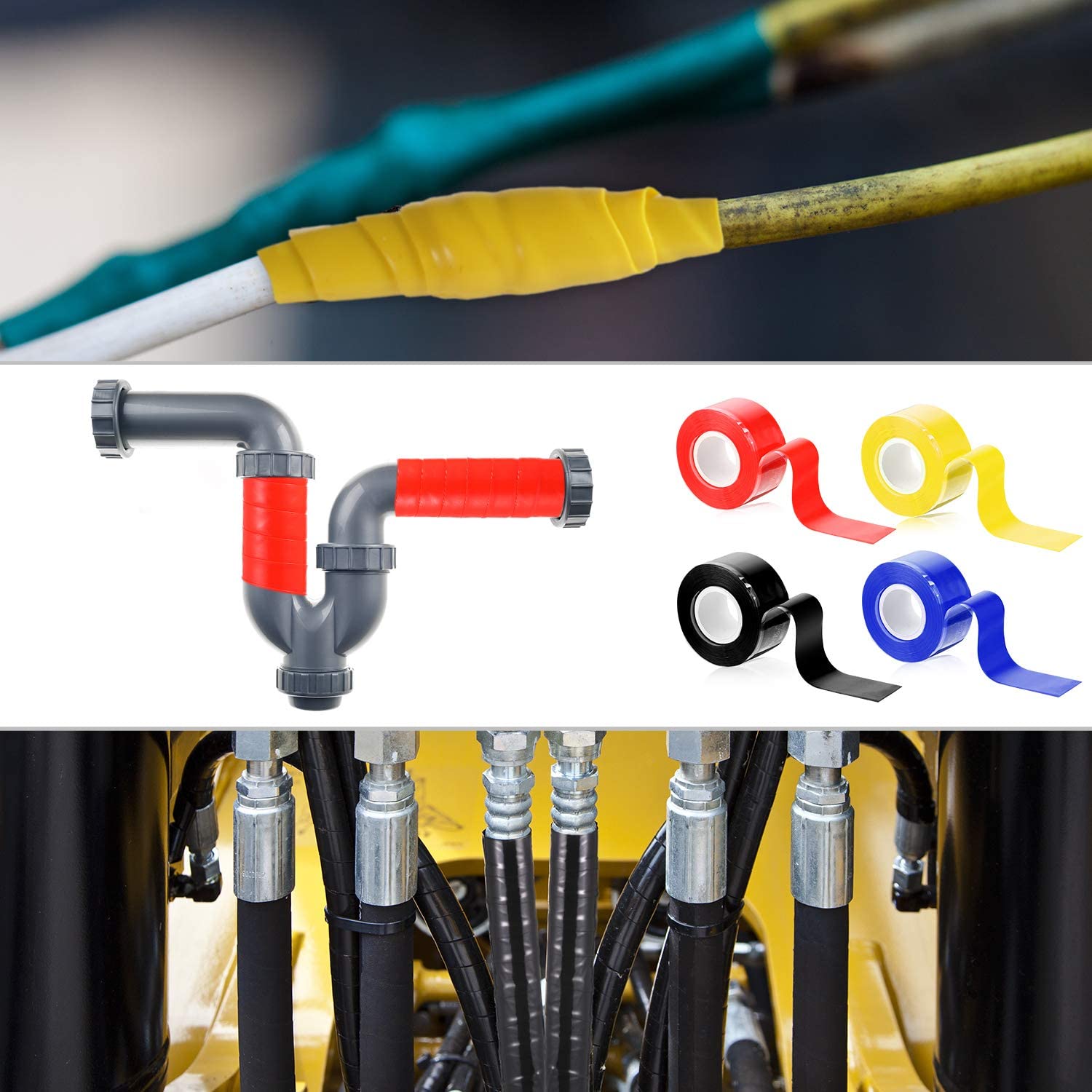1 first result after shaping, retracting the result of the culture
Chestnut is a kind of hi-light tree. The most ideal tree shape is natural happy shape. There is no main stem in the center. The inner raft is ventilated and light, and the crown is wavy. The result is large area to facilitate the three-dimensional result. Grafting chestnut young trees should form a natural happy shape, which can only promote the sapling flowering results first. At the same time, the backbone branches are cultivated by means of retention, interception and retraction, and the result branches are cultivated. In the year of grafting, it was timely to pick up the heart several times and promote branching, laying the foundation for the results of plastic surgery and leap year. In the winter shearing, the extremely strong branches that are upright and upward are first cut off, and the secondary strong branches that are open and grow outward are selected to extend the branches. The strong branches below the main branch extension branch are kept as much as possible according to the branching potential and the growing part and growth direction, so as to be the result. The thin branches below 0.6cm thick and the inward branches and some cross branches are removed from the same year. The retained main branch extension branch and the temporary result mother branch length greater than 60cm are all short-cut at the full bloom, and the individual needs to leave the reserve branch, which can be as short as 20~30cm. If the length is less than 60cm, only the unfinished part of the tip of the branch is cut, and the full part is retained. The grafted young tree is combined with pruning through continuous results of 3 to 4 years, and the healthy and vigorous branches are selected as the side branches at the appropriate part, and at the same time, a part of the 3 to 4 year old branches are retracted at the base of the 3 age branches, which promotes new results of the mother branches, and gradually Cultivate into a small resulting group of mothers. After 4 to 5 years, a natural happy tree shape can be formed.
2 results the mother branch to stay suitable, cut off properly
2.1 retention
Chestnut saplings grow vigorously, and the growth of fruit branches is large. As a result, the mother branches are 20% to 40% more than the mature trees, that is, 15 to 20 or more per square meter of crown projection area. However, the amount of young branches is relatively small, which is generally determined according to the growth of the mother branches. The base branch thickness is 1.0cm or more, leaving 3 to 4 results of the mother branch, and the base branch thickness is 0.8 to 1.0 cm, leaving 2 result mother branches.
2.2 short cut
The result of the top of the base branch is the strongest of the female branches, and the resulting female branches are weakened in turn. In order to weaken the top advantage and disperse the branches, one of the strongest results at the top is generally stripped or short-cut. When cutting short, pay attention to whether there is space in the cutting section. If there is no space and no short cut, the short cut will leave 3 to 5 buds for the strongest result at the top. If the buds of the base are heavy and short, the branching rate is 50.2%. If the 2 to 3 strong female branches at the top of the base branch are simultaneously short-cut, the new shoot yield can reach 97.0%. Therefore, when grafting young trees in the same year, the mothers must pay attention to staying big buds.
2.3 reservation
The result of the retention must be distributed on the outside or both sides of the base branch. The growth forces are basically equal and evenly distributed. Do not cross or grow between branches and branches.
3 timely clean up the weak branches
Chestnut saplings grow vigorously, and the number of thin branches is relatively small, generally accounting for only 10% to 30% of the branches. However, the absolute growth of thin branches is higher than that of mature trees, and the nutrient consumption is high. Cleaning the weak branches in time can effectively reduce nutrient consumption, promote flower formation, and increase fruit set rate. In the winter pruning, all the weak branches in the secondary branches, the third branches or even the four branches formed after the topping are cut off, and the weak branches of the perennial and the weak branches below the mother branches are all eliminated, leaving only the thick result. Branches, the resulting mother branches are prepared, and some of the healthy development branches are grown.
After spring germination, the thin branches below the male flower branches and a few weak male flower branches are eliminated, which are beneficial to the formation of female flowers, the development of young fruit and the growth of new shoots. The earlier the evacuation time, the better. At the latest, no later than the beginning of the male flower.
Treatment of 4 strong development branches and long branches
4.1 Treatment of strong developmental branches (commonly known as large branches)
A branch having a length of 1.5 m or more and a base diameter of 1.5 cm or more is a large branch. Large strips of branches are particularly easy to form in the first 1-3 years in young grafted trees with good fertility conditions and chestnut trees grafted on older rootstocks. When saplings are shaped, they are often left untouched. It is a pity to go. These branches grow extremely strong, unlike the long branches, the internodes are short, the buds are full, the branches are full, and the buds have large buds. The use of such shoots can be artificially pulled to a horizontal angle during spring germination, weakening the apical dominance, easing the tree potential, and causing the anterior part to extract multiple fruiting branches and developing branches, which can increase the yield of the year and promote preparation. Branch formation. It is also possible to combine the toppings before the branches stop in the middle and late August, and to flatten the large slivers, which is the same as the spring pulling effect.
The formation of large strips is mostly formed in the summer without topping, and there is a large strip on the tree that can be flattened. If there are more than 2, it is necessary to pull and use according to the shape of the tree, pull 1 to cut 1 or pull 2 ​​to cut 1 (Figure 2). Pulling must be leveled, and the position of the short cut should be high enough to promote new branches and form an ideal canopy. After pulling through the strips, after 3 to 4 years of results, most of them can be retracted at the middle and lower branches of the branches, and cultured into backbone branches or new temporary result branches.
4.2 Treatment of long branches
The length of the long branch is large and the buds are small and small. In the past, the result branches could not be formed. In general, they should be removed from the base. Individuals that need to be retained are short-cut at the lower or near base of the shoots to promote new shoots. At the same time, the summer top pick must keep up, can not let it be long.
5 timely germination and topping
5.1 smear
When the spring buds are rice grains, 3 to 4 full buds are left on the outer side of the upper end of the branches, and 1 to 2 full buds are left in the lower part, and the remaining buds are all erased. Reduce the sprouting of new shoots, save tree nutrients and promote the formation of female flowers. When you smear, go to the small to stay big, go to stay, stay outside, go to the dense and stay thin.
5.2 topping
Grafting young trees for summer picking is beneficial to the formation of young trees and the increase of branches. Exuberantly growing branches, 3 to 5 times in 1 year, and 2 to 3 times in general. The first height of the main stem of the young tree is 40 to 50 cm above the ground. When the new shoot grows 30 cm long, it must be picked again. Other development branches are topped. When the new shoots are 20 to 30 cm long, they are picked for the first time. After each 30 cm, they are topped again. The last picking of the heart is carried out before the new shoots stop in the first ten days of September, and the roughness of the branches at the topping should reach 0.6-0.8 cm. Topping is generally performed on strong developmental branches. As a result, the tops of the mother branches should distinguish the strength of the branches, and the strong results of the mother branches can leave 5 to 7 pre-buds to be topped, and the weaker results leave 2 to 3 pre-buds to pick the heart. No matter what kind of branches, it should not be Male inflorescences with toppings.
Disclaimer: Some articles on this website are transferred from the Internet. If legal rights of third parties are involved, please inform this website. phone
Self fusing silicone tape
Description:
Self fusing silicone tape is based on silicone rubber material, has super strong strength and elasticity, shocking self fusing ability. It is corrosion-proof, can resist high and low temperature which ranges from -60 degree C to 260 degree C. Also has high resistant to harsh solvents, chemicals, UV. Superior water and air tight sealing performance. Can stand high pressure and voltage, easy to apply.
Applications:
Widely used to protect control cables, gear cables, coolant pipes, air conditioning and ventilation pipes, fuel hoses and heat sensitive parts, water pipes, water tap etc.
Colors:
Red, white, transparent, black, yellow, green, blue, orange.
Thickness: can ranges from 0.3mm to 1mm. Among them 0.5mm thick is the most popular because of it`s high cost performance.
Sizes:
25mm/50mm by 1meters, 1.5meters, 3meters, etc.




Self fusing silicone tape,Self fusing tape,silicone self fusing tape,self fusing silicone rubber tape
Kunshan Jieyudeng Intelligent Technology Co., Ltd. , https://www.jerrytapes.com